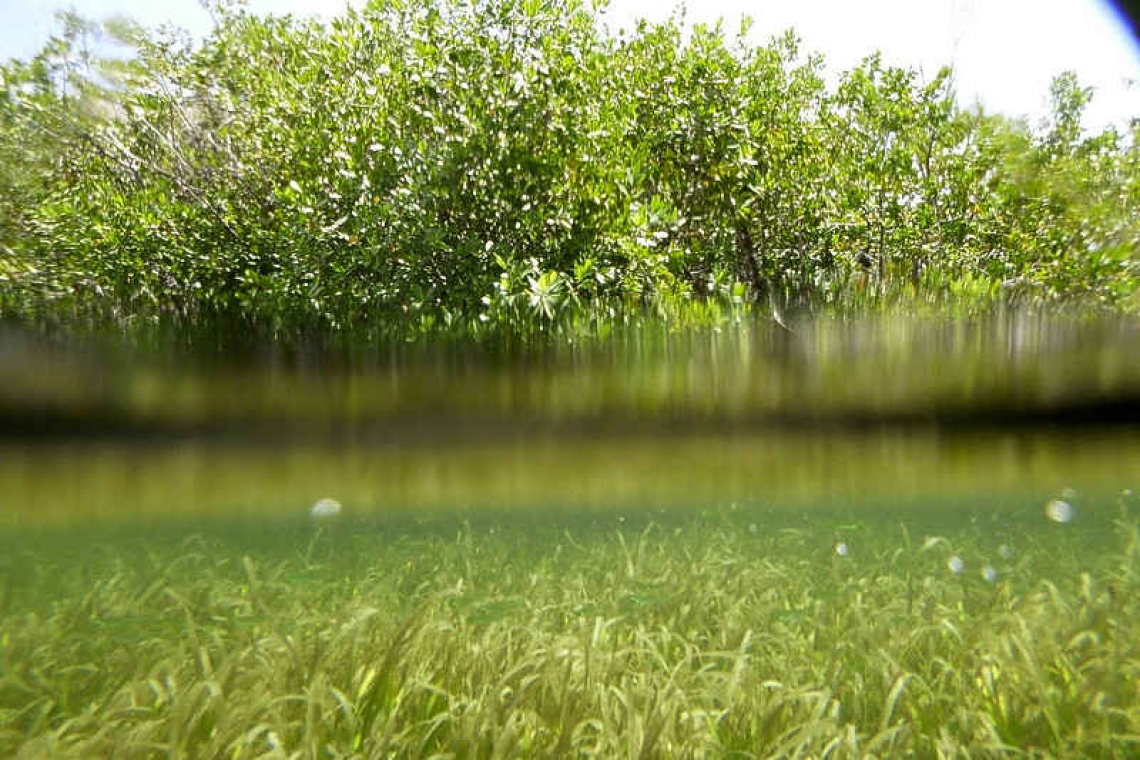By Nature Foundation St. Maarten
Welcome back to the Nature Foundation St. Maarten series of the KID’s Herald! In this edition, we will be learning about mangroves and their importance to our environment! In our last article, you learned the basics about mangroves and what makes them such unique plants, but we will now focus on how we benefit from them.
One very important thing to know about mangroves is that they are a Blue Carbon Ecosystem.
This means that mangroves trap and store carbon from our environment. Large amounts of carbon in our environment lead to rising temperatures/climate change and air pollution! Lots of things humans do release carbon into the atmosphere, like driving cars or using electricity.
Mangroves, marshes, and seagrass meadows have all been shown to absorb these harmful carbon emissions from the air better than other plants and forests! This means that these marine ecosystems are very important in our fight against climate change and rising temperatures.
Mangroves help protect the shoreline from waves, storm surges, erosion, and rising sea levels!
The tangled/knotted roots and complex systems of the mangroves are amazing for coastal protection, which is very important here on St. Maarten! Just like strong coral reef systems, mangroves help slow and break waves that would otherwise land on shore. These waves can cause erosion, meaning our homes and businesses would end up closer to the water line with a higher chance of flooding.
These trees have such strong roots that they can withstand large amounts of wind and storm surge, better than many man-made objects! The mangroves along the shore of the lagoon provide a lot of protection to buildings in the area. An estimated 60 per cent of the mangroves of St. Maarten has been lost due to development and other destruction.
Mangrove forests support an incredible amount of marine and terrestrial life!
The Nature Foundation crew recently did an assessment of the marine life in the area of Cupecoy. While diving in the shallow water surrounding the mangroves, the team found that the area was full of fish and seagrass beds and even some corals!
The protected area makes a perfect nursery for young fish to grow before heading out into the open waters of the lagoon and ocean. Schools of fish travel together between the roots of the trees. During our terrestrial inspection (of the ground surrounding the mangrove trees), humming birds, iguanas, lizards, and frogs were also found to be living in the area.
There are several reasons mangroves play an important role in the health of our ecosystem and our island! Come back next week to learn more about why mangroves all around the world are disappearing and what we can do to help.







